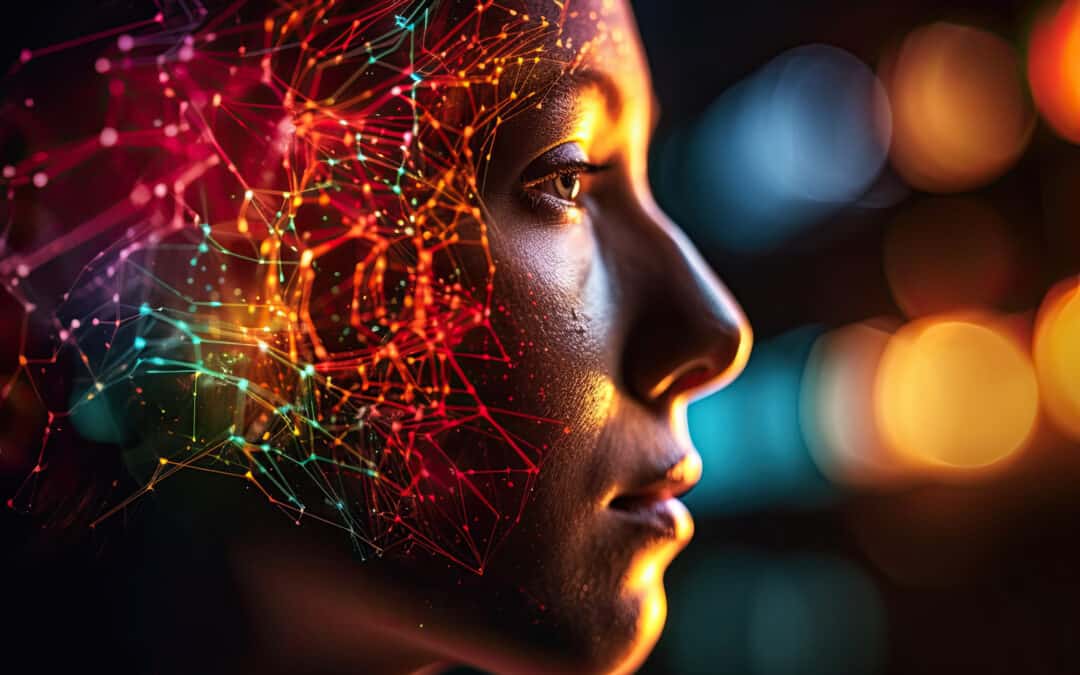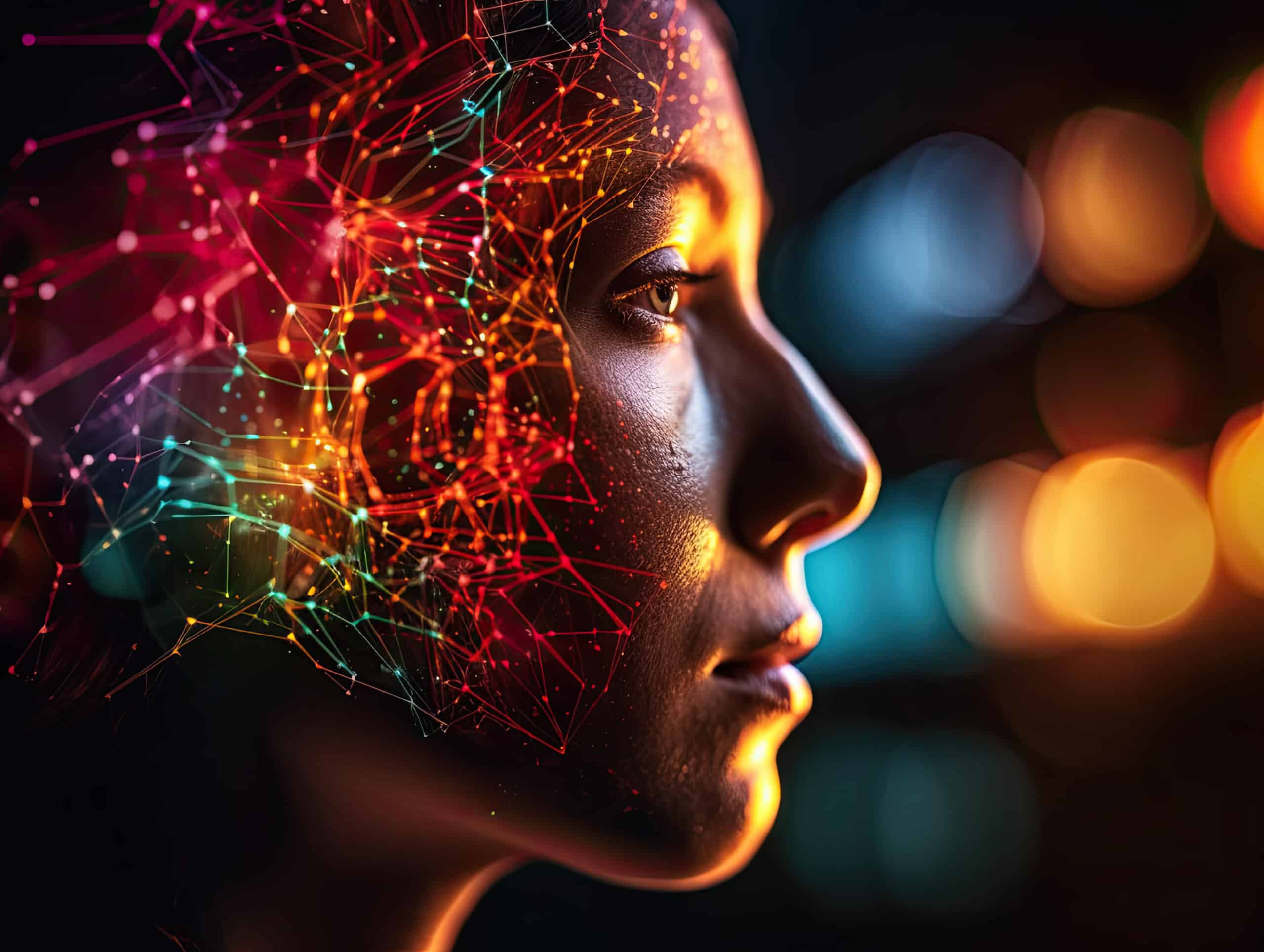This week, Digital Mindset. Do you actually have a curious attitude?
Welcome to The Digital Eye, your weekly roundup of the latest technology news.
Our team of experts have scoured the internet for the most exciting and informative articles so that you can stay up-to-date on all things digital, data, blockchain, AI & analytics.
- What Are the Most Important Preprocessing Steps in Machine Learning and Data Science?
- Similarity-Based Image Search for Visual Art
- Slack’s former head of #machinelearning wants to put AI in reach of every company
- What ‘work of the future’ means to 5 business leaders
- Look behind the curtain: Don’t be dazzled by claims of ‘artificial intelligence.’
We hope you find this information valuable and would appreciate your help in sharing it with others who may also be interested.
What Are the Most Important Preprocessing Steps in Machine Learning and Data Science?
Taking the right data processing steps can be a challenge, especially with the total number of ways this process can occur.
Data Science and Machine Learning has been the latest talk right now and companies are looking for data scientists and machine learning engineers to handle their data and make significant contributions to them. Whenever data is given to data scientists, they must take the right steps to process them and ensure that the transformed data can be used to train various machine learning models optimally while ensuring maximum efficiency.
It is often found that the data that is present in real-world is oftentimes incomplete and inaccurate along with containing a lot of outliers which some machine learning models cannot handle, leading to suboptimal training performance. It is also important to note that there might be duplicate rows or columns in the data which must be dealt with before giving it to machine learning models. Addressing these issues along with many others can be crucial, especially when one wants to improve model performance and generalizing ability of the model.
Similarity-Based Image Search for Visual Art
Photo of a wall mural taken by Timon Klauser (Unsplash).
Evaluating similarity of visual art from both human perceptual & quantitative judgments
Similarity-based image search, also known as content-based image retrieval, has historically been a challenging computer vision task. This problem is especially difficult for visual art, because it is less obvious as to what a metric of “similarity” should be defined as and who should set that standard for art.
For example, when I upload a photo of a wall mural featuring a face among colorful rectangles and bold lines (see images below) to Google to find similar images, Google gives me an array of options under its “Visually similar images” section. Most images were wall murals with a face prominently depicted in the mural; others were pure paintings with a face in it. All the images spanned a wide variety of color schemes and stylistic textures.
Slack’s former head of machine learning wants to put AI in reach of every company
“The point of Graft is to make the AI of the 1% accessible to the 99%.”
Adam Oliner, co-founder and CEO of Graft used to run machine learning at Slack, where he helped build the company’s internal artificial intelligence infrastructure. Slack lacked the resources of a company like Meta or Google, but it still had tons of data to sift through and it was his job to build something on a smaller scale to help put AI to work on the dataset.
With a small team, he could only build what he called a “miniature” solution in comparison to the web scale counterparts. After he and his team built it, however, he realized that it was broadly applicable and could help other smaller organizations tap into AI and machine learning without huge resources.
What ‘work of the future’ means to 5 business leaders
For many leaders, work of the future means integrating data and AI programs, honing empathy skills, and meeting workers’ wants and needs.
Leaders preparing for work of the future often focus on data and technology, which are already fueling artificial intelligence and algorithms that are transforming the workplace.
But human workers shouldn’t get lost in the shuffle. Savvy managers are arming employees with the skills they need to integrate these new technologies into existing workflows.
At the same time, leaders anticipate that the challenges and opportunities that emerged during the COVID-19 pandemic, like remote work, will continue and become standard, though there is still a lot of work to be done in that area.
“We are at the most important pivot point of the past couple years,” said Dannielle Appelhans, LGO ’11, chief operating officer at biotech Rubius Therapeutics. “It finally feels like we have a path to move forward into what will be our new normal, or our ‘work of the future.’”
Look behind the curtain: Don’t be dazzled by claims of ‘artificial intelligence.’
It behooves us all to remember that computers are simply tools.
We are presently living in an age of “artificial intelligence” — but not how the companies selling “AI” would have you believe.
According to Silicon Valley, machines are rapidly surpassing human performance on a variety of tasks from mundane, but well-defined and useful ones like automatic transcription to much vaguer skills like “reading comprehension” and “visual understanding.” According to some, these skills even represent rapid progress toward “Artificial General Intelligence,” or systems which are capable of learning new skills on their own.
Given these grand and ultimately false claims, we need media coverage that holds tech companies to account. Far too often, what we get instead is breathless “gee whiz” reporting, even in venerable publications like The New York Times.
Article by @MylesSuer in @cmswire
In the new book The Digital Mindset: What It Really Takes to Thrive in the Age of Data, Algorithms, and AI, by Paul Leonardi and Tsedal Neeley published by Harvard Business Review Press and out on May 10, the authors attempt to do something big.
They attempt to skill up business leaders with enough digital couth that they can help lead their organizations’ transformation agendas. Honestly, the book is a nice book-end to Beyond Digital, which I reviewed late last year.


